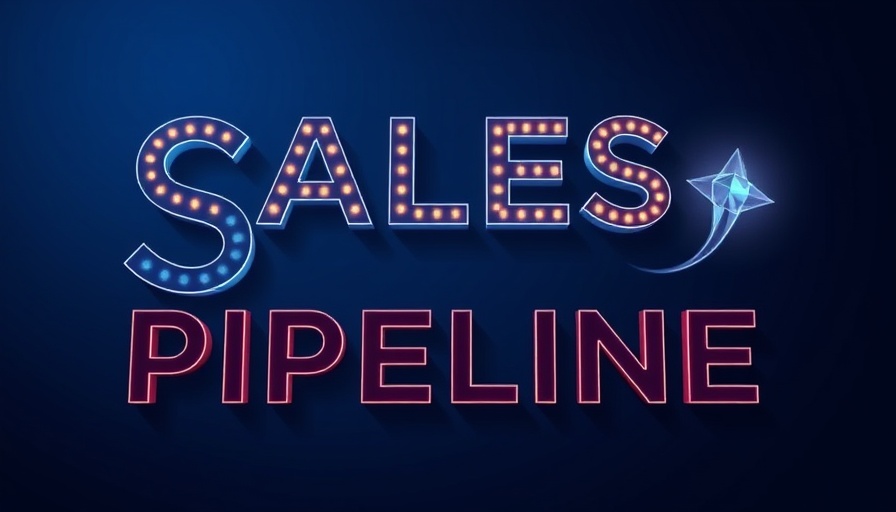
Unlocking Success with Sales Pipeline Management
Sales pipelines are more than a buzzword; they’re a vital tool for businesses aiming to maximize every opportunity. Think of your pipeline as the engine that drives your sales success. Companies leveraging effective sales pipeline management can experience a staggering 28% increase in revenue growth, as revealed by studies from the Harvard Business Review. In a world where the dynamics of selling are rapidly evolving, ensuring you have a solid structure in place is crucial.
What Is a Sales Pipeline?
A sales pipeline is essentially an overview of potential deals and opportunities in various stages of the sales cycle. This isn't just another metric; it's a live snapshot of active prospects that sales teams are fervently working to convert into revenue. Picture it as a dynamic roadmap representing all the conversations, negotiations, and nurturing involved in turning leads into paying customers.
The Importance of Pipeline Management Software
With buyers becoming increasingly unpredictable, pipeline management software becomes indispensable. It offers sales teams key insights into where opportunities stand. Instead of relying on outdated spreadsheets or disjointed communication, this software streamlines the sales process, automating routine tasks and allowing reps to focus on closing more deals. When sales teams can use automation effectively, it not only enhances their efficiency but also allows for nurturing leads in a structured manner — a win-win scenario for everyone!
Best Practices for Maximizing Your Pipeline
To truly capitalize on your sales pipeline's potential, it's crucial to adopt a series of best practices. First, establish a clear sales process for every stage, ensuring each team member understands what activities need to occur to move a deal forward. Second, utilize CRM tools for tracking interactions and gathering analytical insights into pipeline health.
Moreover, never underestimate the power of periodic reviews of your pipeline. Regularly assessing and refining it not only helps in clearing out stagnating deals but also reveals new opportunities to pursue. Remember, an adaptable pipeline is a successful pipeline!
Future Trends in Sales Pipeline Management
As technology continues to evolve, it’s clear that the landscape of pipeline management will transform significantly. With the rise of sales AI, predictive analytics will allow teams to anticipate prospects' needs, making their sales approach even more personalized and tailored. This not only places the emphasis on building relationships but also aligns with the current trend highlighting the importance of customer experience.
Your Roadmap to Sales Success
The future of B2B sales lies in utilizing the right mix of technology and strategy. Investing in pipeline management software is not just an operational decision—it's an opportunity to elevate your entire business process. By putting systems in place, you create a repeatable framework that drives consistent revenue growth.
Don’t let your business fall behind. Seize the opportunity today to implement a robust pipeline management system that not only enhances efficiency but also boosts your bottom line.
 Add Row
Add Row  Add
Add 



Write A Comment